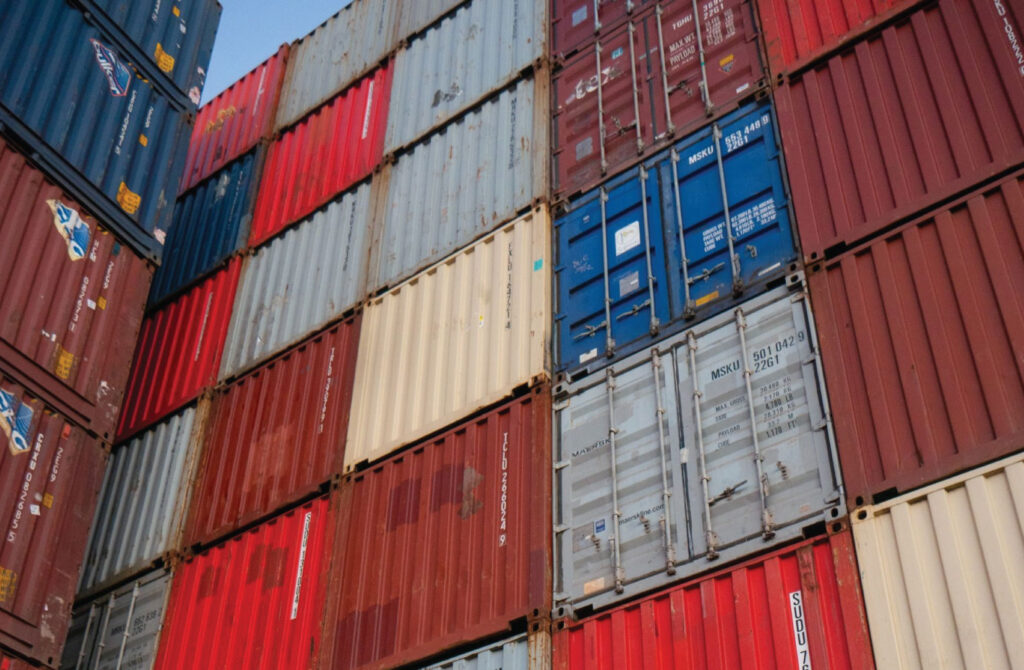The “implementation status and results report” of the Pakistan Raises Revenue project reveals noteworthy trends and achievements in the country’s customs inspections and revenue generation initiatives.
The report spans from the fiscal year 2020-21 to 2022-23, providing insights into the performance, progress, and impact of the project, valued at $400 million. The World Bank, overseeing the project, has rated the overall implementation progress as moderately satisfactory, reflecting both successes and areas for improvement.
According to the report, there has been a positive trajectory in customs inspections and audit outcomes. The material violations detected from customs inspections and audits decreased from 8 percent in 2021-22 to 7 percent in 2022-23 through goods declarations (GDs) inspections and post-clearance audits.
Specifically, violations against GDs cleared under Red and Yellow channels saw a marginal increase from 0.3 percent in 2020-21 to 0.4 percent in 2021-22, and then a return to 0.3 percent in 2022-23. The post-clearance audit detected 16 percent violations in 2020-21 and 2021-22, which decreased to 14 percent in 2022-23.
The primary objective of the Pakistan Raises Revenue project is to contribute to a sustainable increase in domestic revenue by broadening the tax base and facilitating compliance. The report highlights that the project has made satisfactory progress toward achieving its development objectives. Notably, there has been an improvement in several Disbursement Linked Indicators (DLIs).
The withholding tax lines have been reduced from 58 in 2019-20 to 33 in 2021-22, indicating a streamlining of the tax structure. The Federal Board of Revenue (FBR) has successfully added approximately 616,000 new taxpayers, identified through automated data sharing, ICT-based business intelligence tools, surveys, and other enforcement methods. Over the past four years, a cumulative total of 1.079 million taxpayers has been added.
All four provinces in Pakistan have signed Memorandums of Understanding (MOUs) for data sharing with the FBR. Additionally, MOUs for input adjustments in sales tax have been established, and provinces have adopted FBR’s valuation tables for immovable properties.
The report outlines significant strides in digital transformation and system functionality. The FBR has tested the functionality of the single returns portal with the telecom sector and the Punjab Revenue Authority (PRA). Customs processing has seen improvements with a reduction in the frequency of physical inspections at the border, decreasing from a baseline of 60 percent in 2019-20 to 33.42 percent in 2022-23.
Simplification of FBR’s core business processes has exceeded its target, with the review, redesign, or simplification and automation of five additional business processes of tax administration in FY23. This brings the cumulative total to 17 against the target of 15 business processes.
The FBR continues to track Key Performance Indicators and has published the bi-annual results report for fiscal year 2022-23 on its website. The annual report for the same fiscal year is currently in the finalization stage.
The implementation progress of component 2 is also moderately satisfactory. Key procurements are underway, including the preparation of a site for the data center and equipment for the Automated Entry Exit Systems (AEES) for airports. The procurement process for AEES equipment for airports is in progress, and plans for equipment procurement for seaports are set to launch soon.
The hiring of consultants for the Central Risk Management System and Post Clearance Audit through comprehensive Business Process Mapping and Reengineering of core business processes is underway. Specifications for other major procurements related to the upgrade of data centers or data warehouses are being designed, which will inform the subsequent procurement process.
The report reflects a comprehensive overview of the progress and achievements of the Pakistan Raises Revenue project, highlighting positive trends in customs inspections, tax reforms, digital transformation, and collaboration with provinces. While the overall implementation progress is rated moderately satisfactory, ongoing efforts in key areas such as consultant hiring and future procurements are expected to contribute to further improvements in revenue generation and compliance facilitation.
